Climate change vicious cycle spirals in Latin America and Caribbean
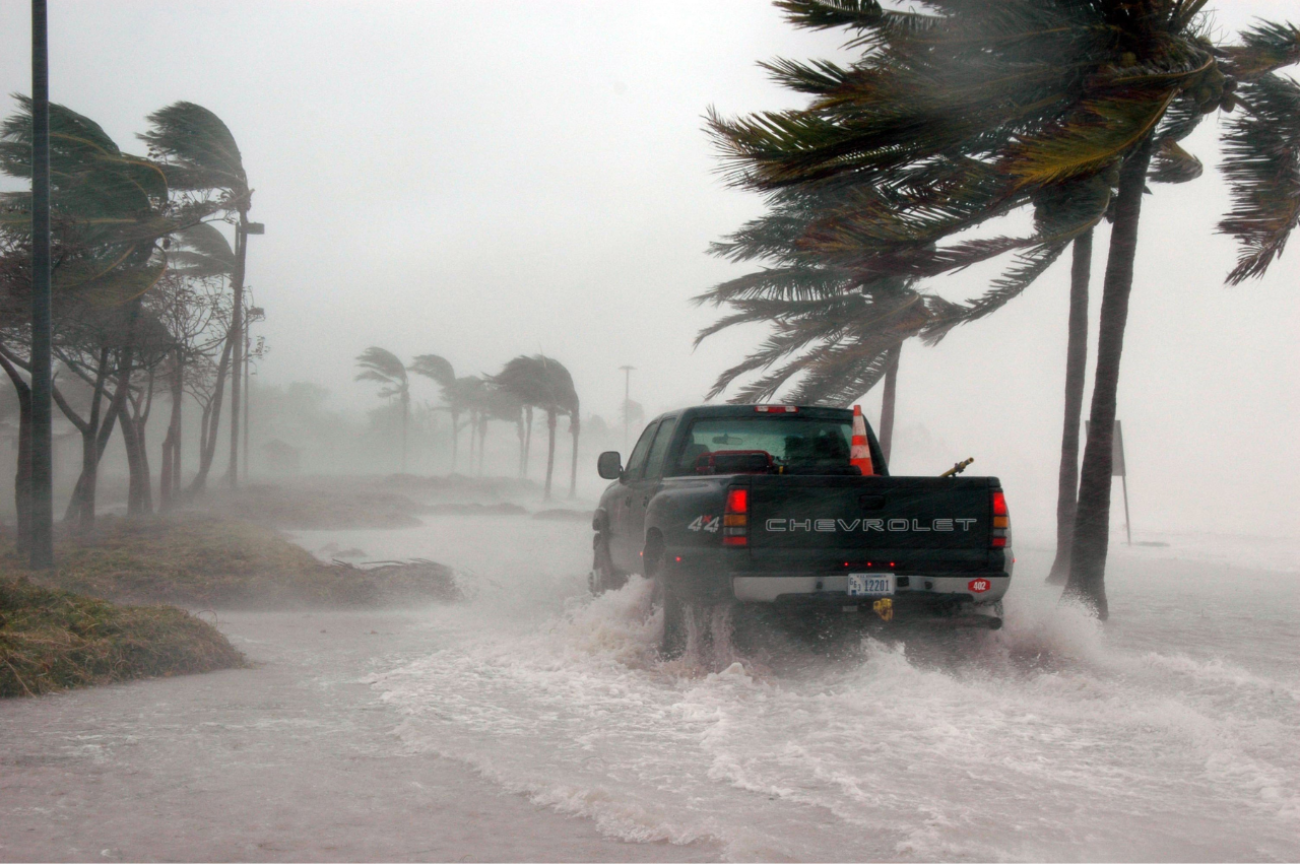
Long-term warming and sea level rise accelerate, according to a new report from the World Meteorological Organization.
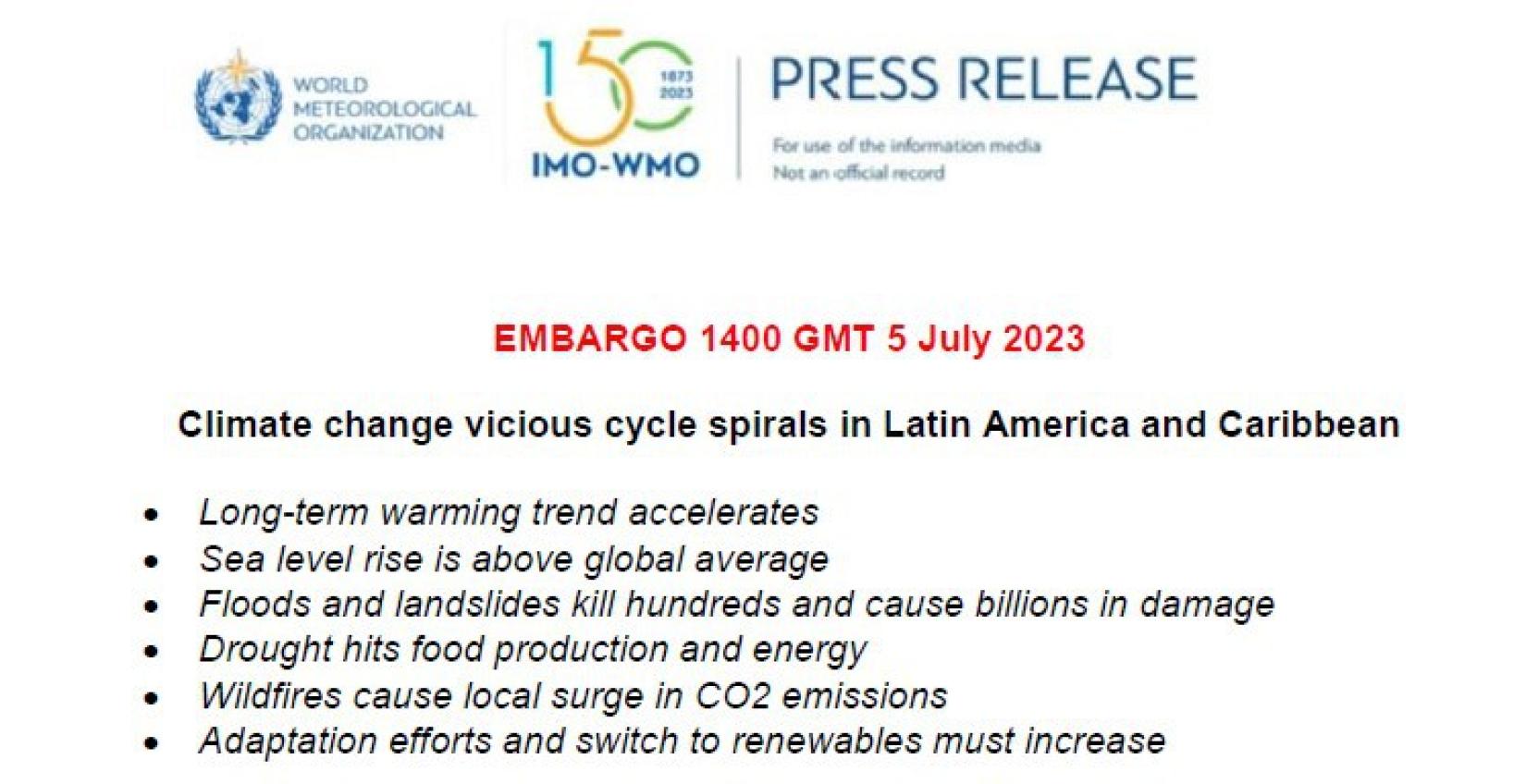
Havana, Cuba, 5 July 2023 (WMO) – Extreme weather and climate shocks are becoming more acute in Latin America and the Caribbean, as the long-term warming trend and sea level rise accelerate, according to a new Report from the World Meteorological Organization (WMO).
Temperatures over the past 30 years have warmed an average 0.2° Celsius per decade – the highest rate on record, according to the State of the Climate in Latin America and the Caribbean 2022 report. It highlights a vicious cycle of spiralling impacts on countries and local communities.
Thus, for instance, prolonged drought led to a drop in hydroelectricity production in large parts of South America, prompting an upsurge in demand for fossil fuels in a region with major untapped potential for renewable energy.
Extreme heat combined with dry soils to fuel periods of record wildfires at the height of summer 2022, leading carbon dioxide emissions to spike to the highest levels in 20 years and thereby locking in even higher temperatures.
Glacier melt has worsened, threatening ecosystems and future water security for millions of people. There was a near total loss of snowpack in summer 2022 in the central Andean glaciers, with dirty and dark glaciers absorbing more solar radiation which in turn accelerated the melt.
“Tropical cyclones, heavy precipitation and flooding events, and severe multi-year droughts resulted in loss of life and billions in economic damages throughout 2022. Increasing sea-level rise and ocean warming pose increasing risks to coastal livelihoods, ecosystems and economies,” said WMO Secretary-General Prof. Petteri Taalas.
“Many of the extreme events were influenced by the long-running La Niña but also bore the hallmark of human-induced climate change. The newly arrived El Niño will turn up the heat and bring with it more extreme weather. Early Warnings for All will be vital to protect lives and livelihoods,” he said.
“The top priority areas for climate change adaptation and mitigation in the region are agriculture and food security, and energy. The report addresses these key topics, highlighting the impacts of the persistent droughts in the region on agricultural production and the unexploited potential of renewable energy, especially solar and wind resources,” said Prof. Taalas.
Latin America and the Caribbean has a high share of modern renewables in total final energy consumption, mainly because of hydropower. However, there is also the potential to tap into the region’s solar and wind resources, which accounted for only 16% of the total renewable generation in 2020.
Latin America and the Caribbean region plays a vital role in producing food and ecosystem services that benefit not only the region itself, but the entire planet. It is also highly vulnerable to climate risks because about three quarters of the population lives in informal urban settlements and about eight percent of the population is undernourished.
The report was released during an international Convention on Environment and Development , organized in La Havana, Cuba, and ahead of a Conference of Directors of Meteorological and Hydrological Services from Iberoamerica. It showcases the importance of National Meteorological and Hydrological Services and regional climate centres in providing enhanced services to support climate adaptation and mitigation.
It is the third such annual report for the region and provides decision-makers with regional and localized information to inform action. It is accompanied by an interactive Story Map.
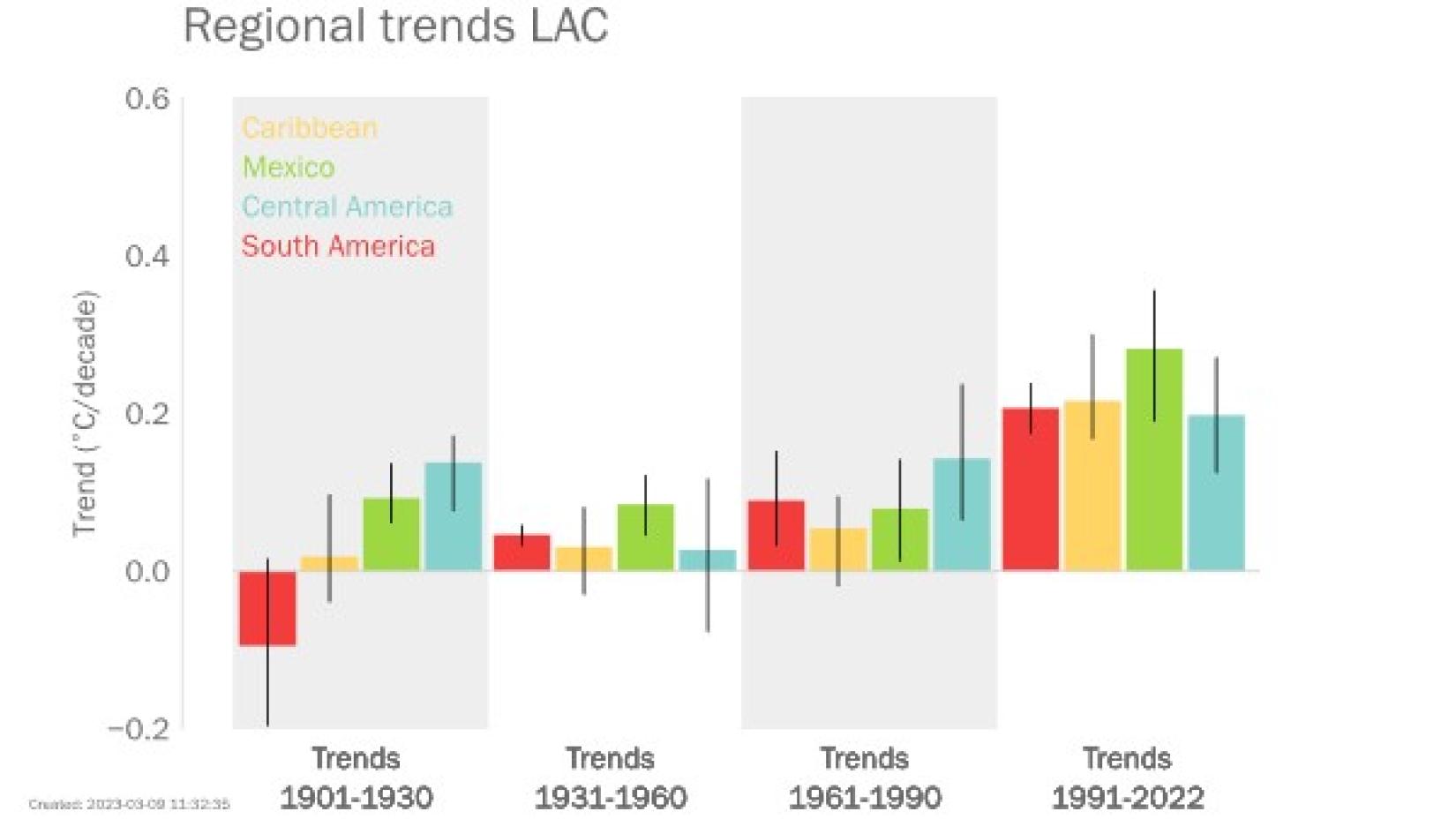
Key messages
Temperatures: The period from 1991 to 2022 showed an average warming trend of about 0.2 °Celsius per decade (and higher in Mexico and the Caribbean). This was the strongest on record since the start of the 30-year baseline measurement periods in 1900. As a whole, 2022 was not as warm as 2021 in the region because of the cooling effect of the three-year la Niña.
Sea level continued to rise at a higher rate in the South Atlantic and the subtropical North Atlantic compared to the global mean. Sea-level rise threatens a large portion of the Latin American and Caribbean population who live in coastal areas by contaminating freshwater aquifers, eroding shorelines, inundating low-lying areas, and increasing the risks of coastal flooding.
Tropical cyclones, in particular Hurricanes Fiona, Lisa and Ian, caused severe damage in Central America and the Caribbean. Hurricane Fiona led to an estimated US$ 2.5 billion in damages in badly hit Puerto Rico.
Floods and landslides triggered by heavy rainfall led to hundreds of fatalities and billions of US dollars in economic losses. In just a few weeks in March and February, two rain-related disasters devastated Petropolis, in the Brazilian state of Rio de Janeiro, leading to more than 230 deaths.
Prolonged drought harmed important economic sectors such as agriculture, energy, transportation and water supply.
In Brazil, the agricultural production index dropped by 5.2% in first quarter of 2022, compared with same period in 2021, due to a decline in the production of soy and corn.
Drought across the Parana-La Plata Basin in south-eastern South America – one of the world’s main breadbaskets- was the worst since 1944. The drop in hydropower production due to low river flows forced the replacement of hydroelectric energy sources with fossil fuels, hampering efforts for energy transition towards net-zero emissions.
It was the fourth-driest year on record for Chile, which is experiencing a 14-year-long megadrought, the region’s longest and most severe drought in more than 1 000 years.
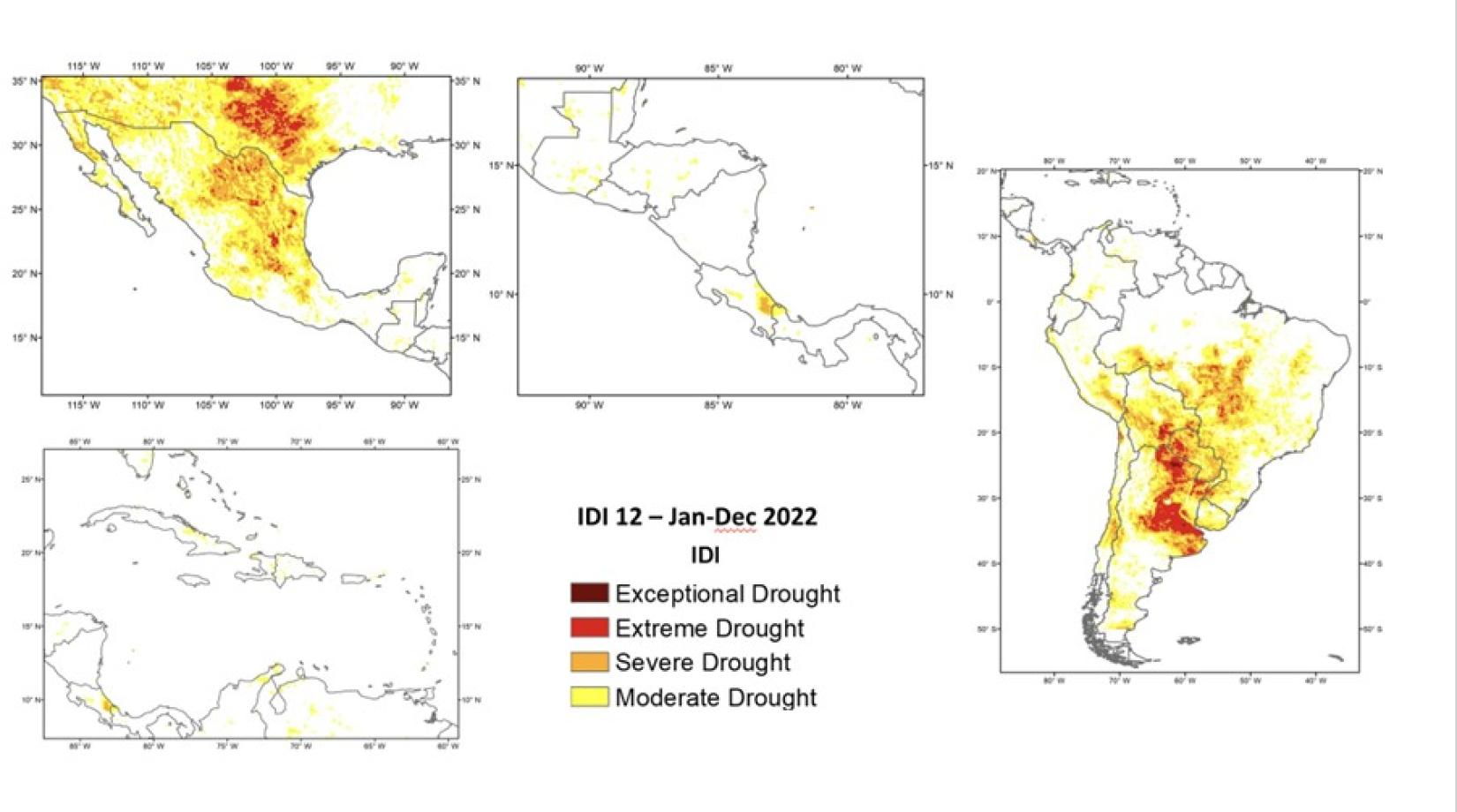
Heatwaves and wildfires: In January, November and December 2022, southern South America suffered from long and intense heatwaves.
The exceptionally high temperatures, low air humidity and severe drought led to periods of record wildfires in many South American countries. In January and February, Argentina and Paraguay both recorded an increase of more than 250% in the number of hotspots detected compared to the 2001–2021 average. January to March wildfire CO2 emissions were the highest in the last 20 years. Bolivia and Chile also saw a massive increase in wildfires during the November-December 2022 heatwaves.
Overall emissions in the Brazilian Amazon were near the 2003–2021 average. However, the state of Amazonas experienced the highest July–October total fire season emissions of the last 20 years at just over 22 megatons, almost five megatons more than the previous record high of 2021.
Renewable energy capacity increased by 33% between 2015 and 2020. However, the pace needs to accelerate as electricity demand is expected to increase by 48% from 2020 to 2030. In addition to the significant hydropower potential in Latin America and the Caribbean, there are untapped solar and wind resources, which accounted for 16% of total renewable energy generation in 2020.
Major climate drivers
Latin America and the Caribbean is surrounded by the Pacific and the Atlantic oceans, and the climate is largely influenced by the prevailing sea-surface temperatures and associated large-scale atmosphere–ocean coupling phenomena, such as the El Niño–Southern Oscillation (ENSO).
2022 marked the third consecutive year of La Niña conditions. This was associated with higher air temperatures and precipitation deficits over northern Mexico, a prolonged period of drought conditions over much of south-eastern South America, and increased rainfall in parts of Central America and northern South America and in the Amazon region.
Climate-related impacts and risks
The Latin American and Caribbean population must be made more aware of climate-related risks, and early warning systems in the region need to be strengthened and to reach communities who need them most. Only 60 % of the population are covered by Multi-Hazard Early Warning Systems, according to 2020 data.
in 2022, 78 meteorological, hydrological and climate-related hazards were reported in the region, according to the Centre for Research on the Epidemiology of Disasters (CRED) Emergency Events Database (EM-DAT).
Of these, 86% were storm and flood related events and accounted for 98% of the 1 153 fatalities documented in the database.
The US$ 9 billion economic damages reported to EM-DAT were mainly due to drought (40%) and storms (32%). The real figures related to the impacts of extreme events are presumed to be worse because of under-reporting and because data on impacts are not available for some countries.
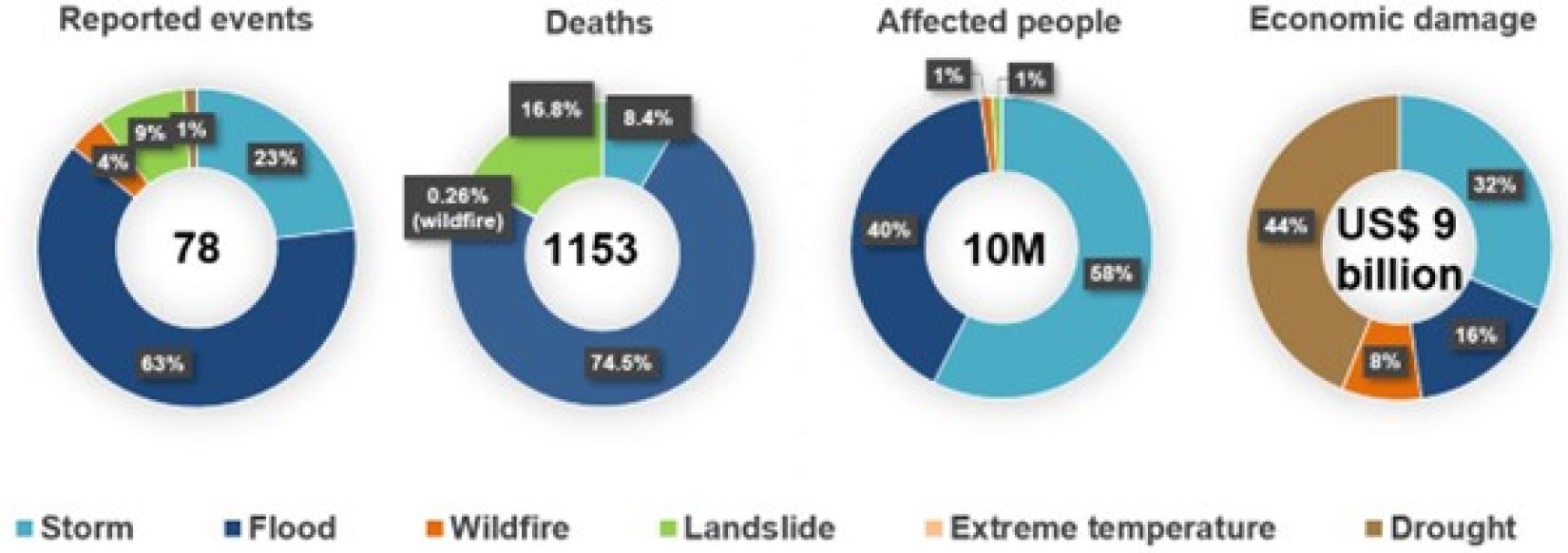
The World Meteorological Organization is the United Nations System’s authoritative voice on Weather, Climate and Water.
For further information contact:
Clare Nullis, WMO media officer, cnullis@wmo.int, media@wmo.int. Tel 41-79-709 13 97
Notes for Editors
WMO extends its gratitude for all the dedicated hard work from WMO’s network of experts who ensure that this report is an authoritative source of information. We are especially grateful to Dr Jose Marengo of Brazil’s National Centre for Monitoring and Early Warning of Natural Disasters who acted as lead author.
Information used in this report is sourced from a large number of National Meteorological and Hydrological Services (NMHSs) and associated institutions, as well as Regional Climate Centres.
The following organizations contributed:
Caribbean Institute for Meteorology and Hydrology (CIMH)
National Centre for Monitoring and Early Warning of Natural Disasters (CEMADEN), Brazil
National Institute for Space Research (INPE), Brazil; Copernicus Climate Change Service (C3S)
Food and Agriculture Organization of the United Nations (FAO)
Inter-American Institute for Global Change Research (IAI)
International Research Institute for Climate and Society (IRI)
Centre for Research on the Epidemiology of Disasters (CRED)
International Centre for Research on the El Niño Phenomenon (CIIFEN)
Regional Climate Centre for Western South America (RCC-WSA)
Regional Climate Centre Network for Southern South America (RCC-SSA)
ReliefWeb; National Oceanic and Atmospheric Administration (NOAA)
Global Precipitation Climatology Centre (GPCC)
Laboratory of Space Geophysical and Oceanographic Studies (LEGOS), France;
School of Earth Sciences, Energy and Environment, Yachay Tech University (Ecuador); Universidade Federal do Rio de Janeiro (UFRJ), Brazil
United Nations Environment Programme (UNEP)
United Nations Office for Disaster Risk Reduction (UNDRR)
United Nations Office for the Coordination of Humanitarian Affairs (OCHA)
World Glacier Monitoring Service (WGMS)

